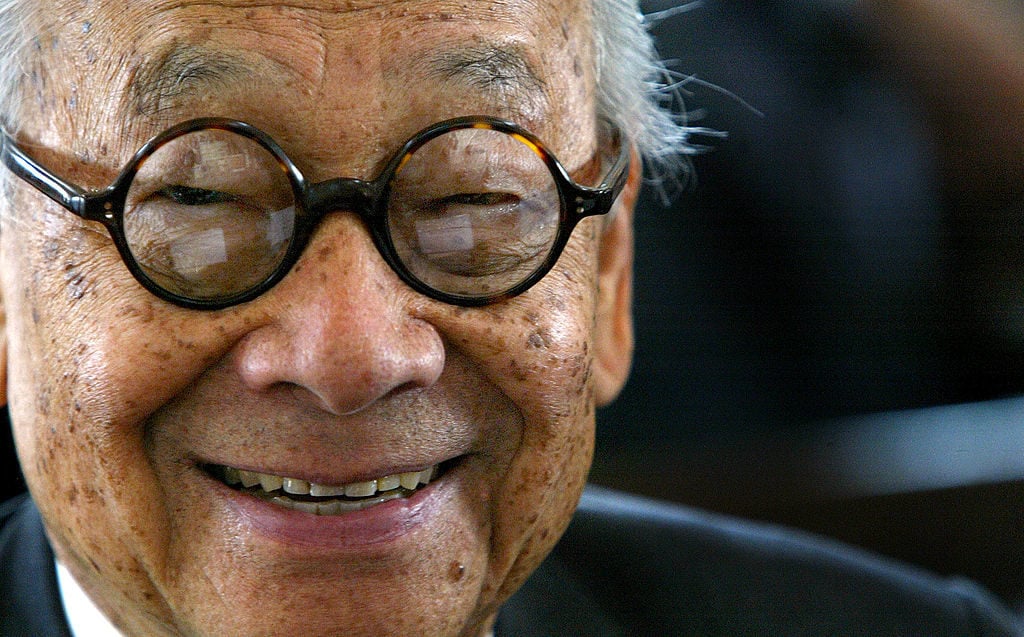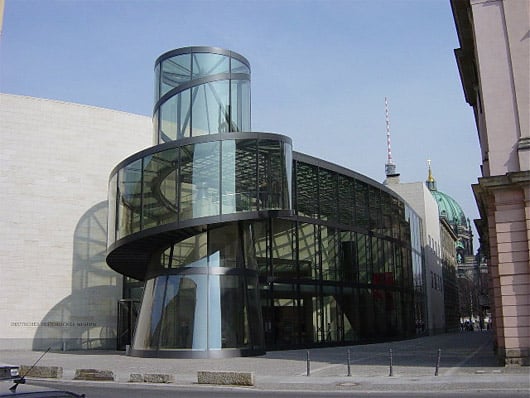People
Health Aide Arrested for Assaulting Architect I. M. Pei in His Manhattan Home
The 98-year-old architect was treated for bleeding and bruising.

The 98-year-old architect was treated for bleeding and bruising.

Hili Perlson

A carer to renowned Chinese-American architect IM Pei, famous for designing the glass-and-steel pyramid outside the Louvre in Paris, has been charged with assaulting the 98-year-old architect at his Upper East Side townhouse.
The 28-year-old home health aide Eter Nikolaishvili was arrested this past Tuesday on the suspicion of having physically assaulted Pei on December 13. Pei told police that Nikolaishvili “grabbed his right forearm and forcefully twisted it,” after he threatened to report her to the police for “doing something bad,” according to the New York Post.
Pei was taken to a hospital at around 4 a.m. the following day with “bleeding lacerations and bruising,” and “red marks on his forearm” where skin had been torn off. Pei, who reported the incident to the police in mid-December, could not recall why he had initially threatened to call the police to report his carer.
Police investigated the incident, which led to Nikolaishvili’s arrest on December 29. She was arraigned in Manhattan Criminal Court and released without bail later that day. Nikolaishvili and her attorney did not comment.

The extension of the Deutsches Historisches Museum (German Historic Museum) in Berlin, by I. M. Pei.
Photo: Mazbln
Ieoh Ming Pei was born in China in 1917, and studied architecture in the US, where he established his first firm in 1955. He designed notable projects around the world, including the John F. Kennedy Library in Boston, and has won numerous architecture awards, including the first Praemium Imperiale for Architecture in 1989, and the Lifetime Achievement Award from the Cooper-Hewitt National Design Museum in 2003. In 1993, he received the Presidential Medal of Freedom from then-president George H. W. Bush. Pei also won the prestigious Pritzker Prize in 1983.
Pei’s best-known design is the glass pyramid at the Louvre. Tasked by former president Francois Mitterand with renovating the museum in the early 1980s, the architect’s ideas sparked controversy in the French capital, leading to the resignation of then Louvre director André Chabaud. Public opinion was largely against the modern glass-and-steel structure referred to as an “atrocity” by critics.
After ensuing difficulties, the pyramid-shaped museum entrance finally opened in 1989, by which time public opinion had softened. Today, the pyramid is one of Paris’s most photographed landmarks. “After the Louvre,” Pai was later quoted, “I thought no project would be too difficult.” His firm continued to construct museums around the world, including the Deutsches Historisches Museum in Berlin.